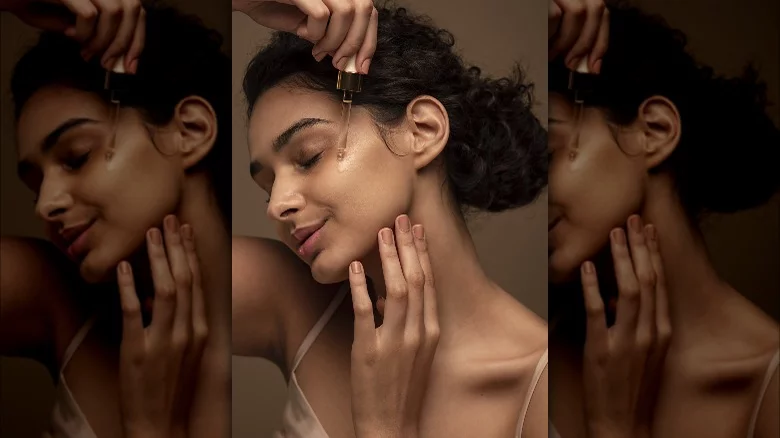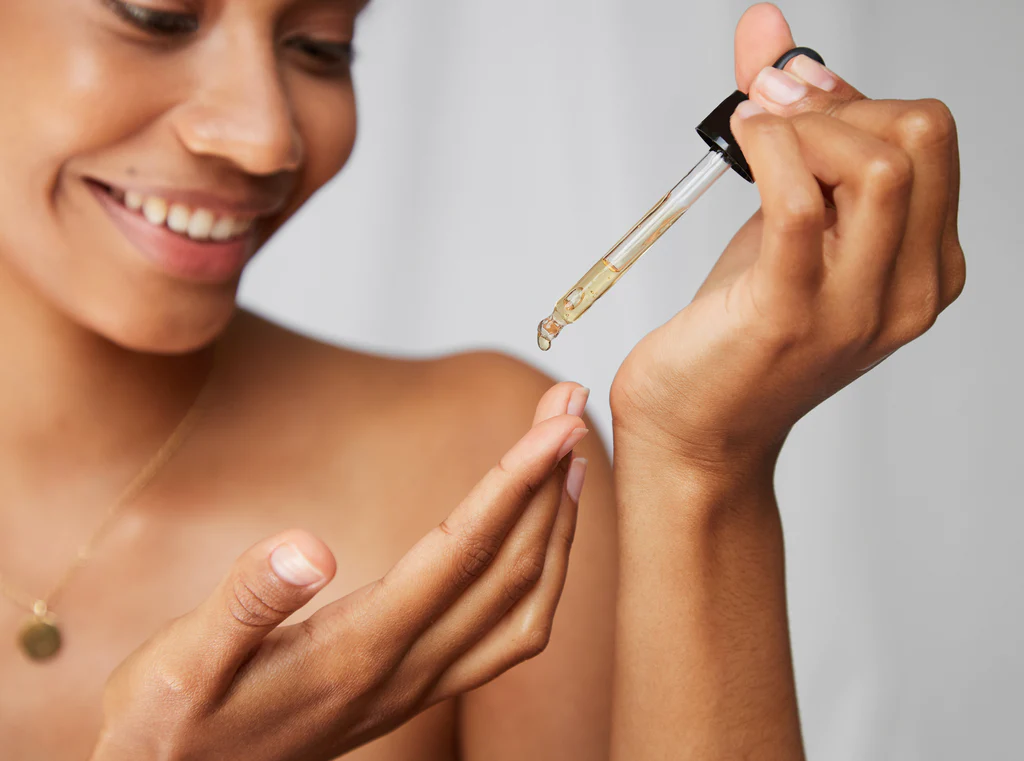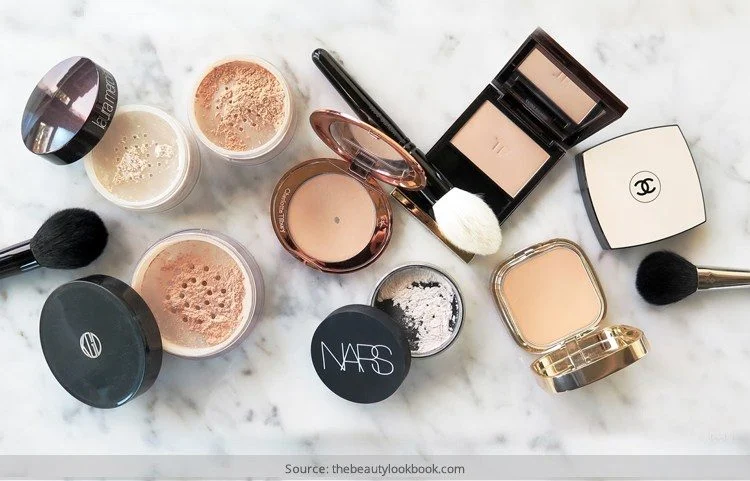Serums are lightweight and can easily be layered under heavier creams or oils. They are packed with active ingredients that help to target specific skin concerns like wrinkles, uneven skin tone, and acne. Some serums contain antioxidants which help to protect the skin from free radical damage and can even help reduce the signs of aging. Serums are a great way to give your skin a boost of hydration and can even out your skin tone.
Serums are often used to target specific skin concerns such as wrinkles, age spots, dryness, acne, and more. Many serums come with antioxidants that help protect skin from environmental damage. Additionally, serums can contain peptides, which are molecules that help to stimulate collagen production and strengthen the skin. There are many types of serums available and they come in different forms such as gels, lotions, and oils. Depending on the ingredients and their potency, some serums can be used on the face or body.
Applying serum after cleansing and toning allows your skin to absorb the active ingredients more effectively, as it is already prepped and ready for them. This can help the serum penetrate deeper, allowing for better and faster results. Additionally, putting serum before your moisturizer helps create a protective barrier, locking in all the beneficial ingredients, so they don’t evaporate before they can do their job.
The sequence in which things occur is significant

That’s why it’s important to start with the thinnest product and work your way up. “Start with the thinnest texture, like a toner, essence, or serum,” Dr. Rogers says. “Next, apply any thicker emulsions, creams, and oils, and then finish with a broad-spectrum sunscreen.” This way, you’ll be sure to evenly spread the ingredients across your skin and maximize their impact.
If you’re going to use multiple serums, apply the most watery one first and the thicker one last. This will ensure that all of the active ingredients are being soaked up by your skin, rather than sitting on top of one another in a barrier. After that, you can layer on your moisturizer, sun protection, and any other cream or balm-based products. Don’t forget to apply any spot treatments or acne treatments last, so they won’t be blocked by your other products.
Choosing a serum for your skin care routine

But whichever serum you choose, make sure you apply it correctly. Always start with clean skin and make sure to pay attention to the directions on the package. Pat, don’t rub, your serum into your skin so it absorbs better. Let it dry before applying your other products. And finally, use more than one type of serum. Some serums work better in combination with others, so you can get the most out of your skincare routine.
Also, it’s important to note that while serums are great for tackling specific skin problems, they are not a substitute for a good skincare routine. Cleansing and moisturizing on a daily basis are key to keeping your skin looking healthy. Make sure to stick to a regular routine and use quality products to help your skin look its best.


